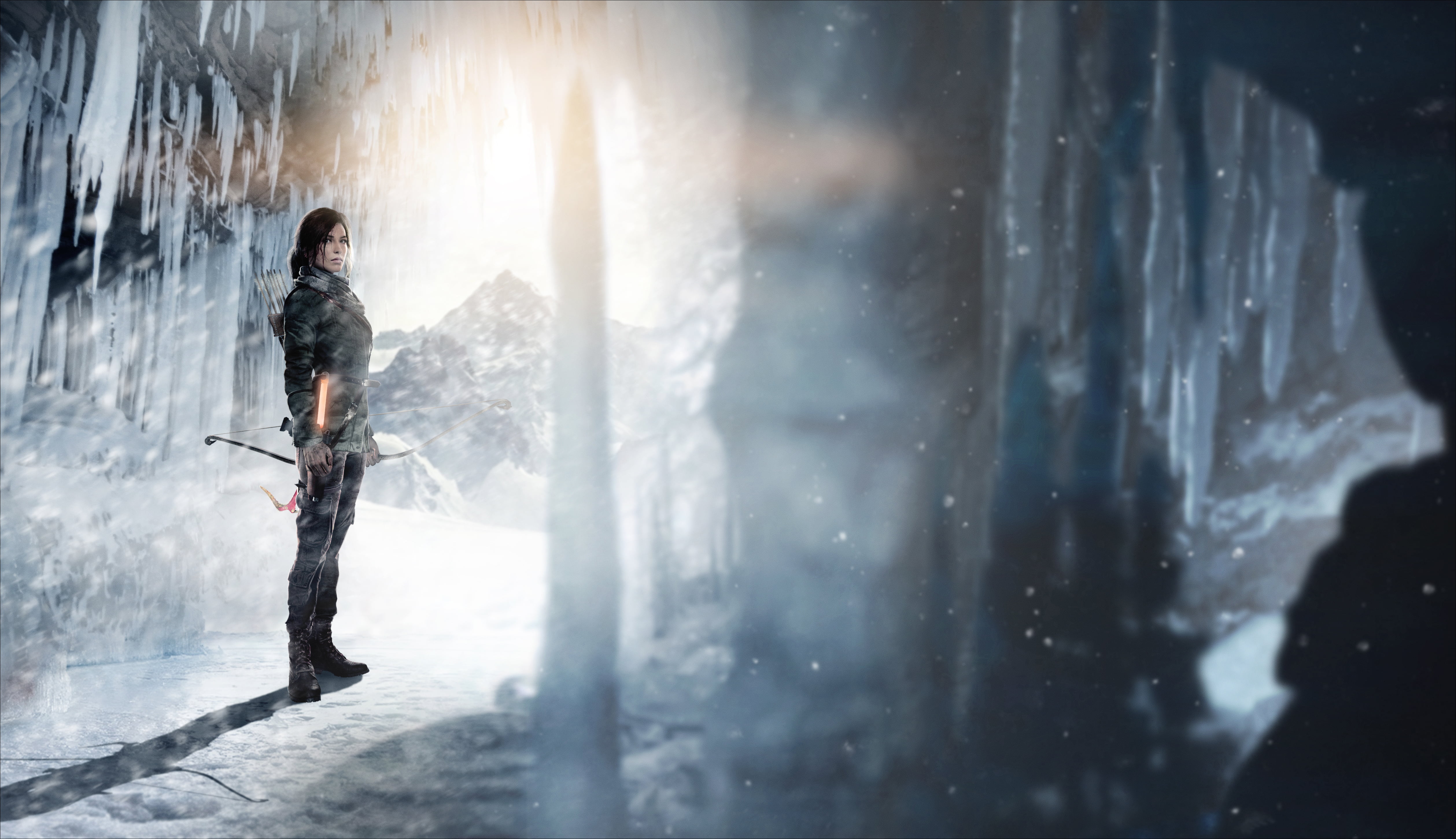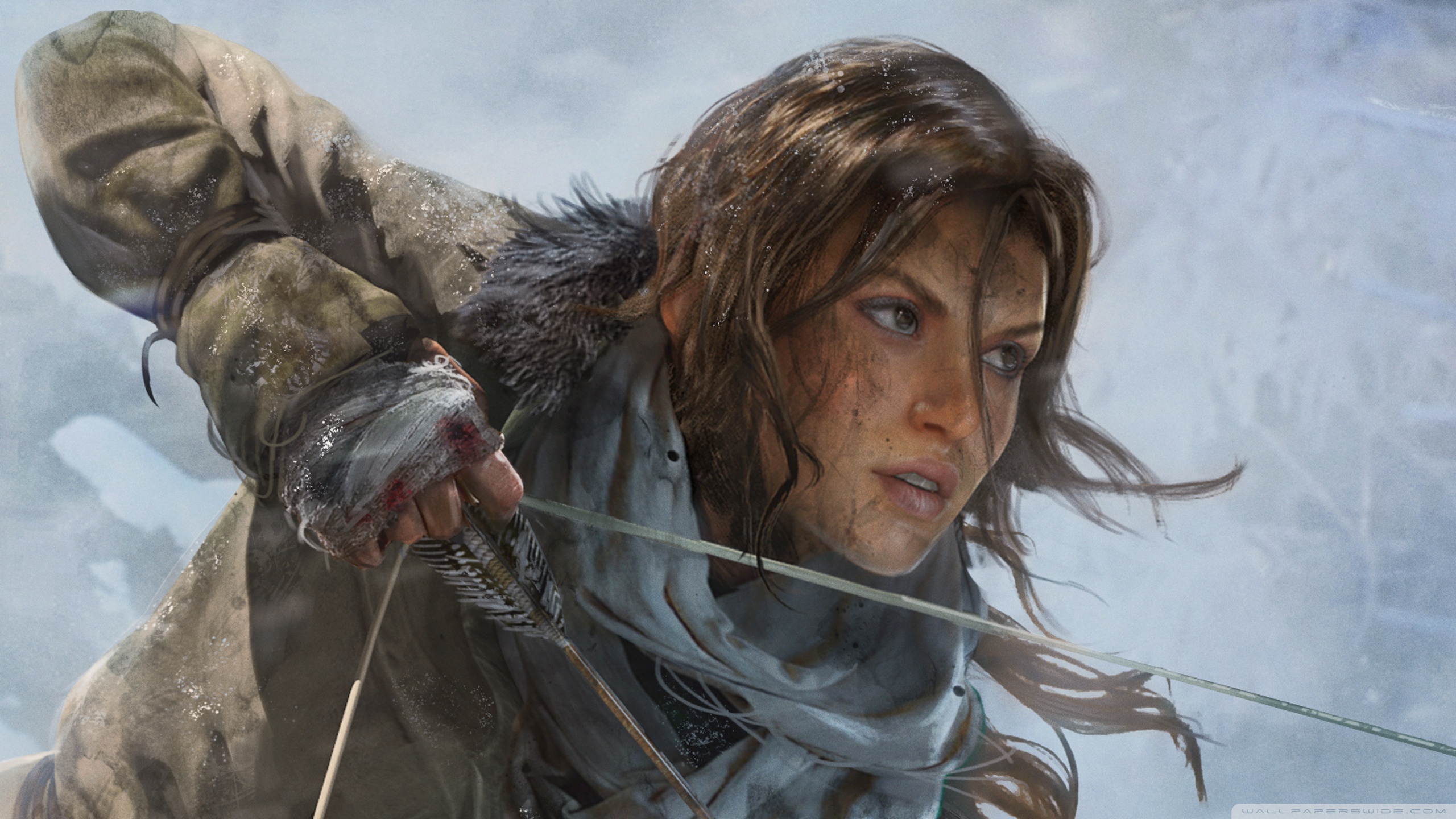
Warm and Fantasy LUT’s are just further examples of how you can easily change the tone and mood of a space.Īdaptive Tone Mapping is another feature in modern video games that was introduced because of Physically Based Rendering. Final is the LUT currently being used in this particular level. The Base LUT is a raw render from the game with no colour grading applied. It is a very powerful feature in Rise of the Tomb Raider because it is the final polish that reinforces the mood, storytelling and emotional state of a level.īelow are a few variations of what can be achieved using colour grading. A LUT is represented as a 256 x 16 texture that contains all the colour adjustment information. This is achieved through the use of a ‘look up table’ (LUT). Colour grading allows artists to make adjustments to the final rendered image such as brightness, saturation, contrast and colour remapping. Colour GradingĬolour grading is a post effect used substantially throughout Rise of theTomb Raider. They represent a significant portion of the look and feel of Rise of the Tomb Raider.

Post process effects are the final touches that artists apply to a scene to help bring all the elements together. In addition to our PBR workflow we added and improved a number of post process effects. Reflectance defines the metallic properties of a surface, and roughness defines how much of the reflected light is scattered. Albedo defines the colour intensity of a surface. These materials are comprised of 3 parts. Physically based materials allow for more accurate and natural looking surfaces that retain their quality in a variety of lighting conditions. In order to take advantage of the new image based lighting model used in Rise of the Tomb Raider we also improved our material pipeline to support Physically Based Materials. This technique provides artists the flexibility to create their scenes with significantly less lights, while offering greatly increased flexibility and quality. Below is an example of a room lit with a single directional light (left) and the same room with an applied light probe (right). Probes project this light information into the surrounding area, simulating realistic lighting conditions. Image Based Lighting is a technique where light information is stored in a texture, called a probe. Read on for a breakdown of commonly used techniques and effects in Rise of the Tomb Raider. They are filters that are applied to the world and provide the final level of polish and cohesiveness. Post effects also play another important role in creating the believable world. These techniques, when combined, contribute heavily to creating believable and realistic environments. Lighting is achieved through the use of images that simulate real lighting conditions. Essentially, they look and behave more realistically and naturally. Surfaces accurately reflect and refract light based on their absorption and diffusion properties.

It allows artists to accurately simulate real-world materials and lighting conditions.

Physically Based Rendering is a relatively new technique to video games but has been extensively used in film production for many years. Physically Based Rendering and Post Effects greatly help solve this visual challenge. This is a very difficult challenge because of the limitations of a game environment and the constantly evolving world. Environments where players feel connected with Lara and her journey on a personal level. One of the main goals in Rise of the Tomb Raider is to create rich, believable environments that are grounded in reality. Dev Blog: Physically Based Rendering and Post Effects


 0 kommentar(er)
0 kommentar(er)
